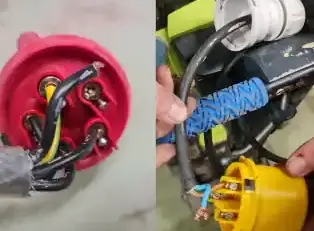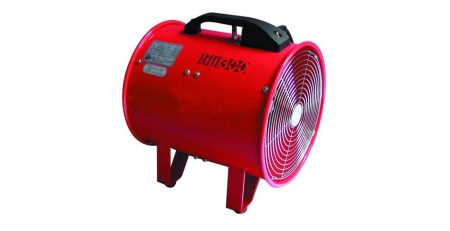Dust is the Enemy Here! – IMPORTANT UPDATE
Concrete, cement and dust from other construction materials contains crystalline silica which is recognised as the cause of several conditions, including silicosis, tuberculosis and lung cancer. The problem is that even low levels of dust inhaled over a long period of time can have devastating health consequences
Lung disease – the dust enters the lungs and the fine minuscule particles embed themselves, and over time cause scarring. The immune system reacts but being unable to effectively attack the dust it inflames the lungs which in turn causes fluid to accumulate and harden, leaving a part of the lungs unable to function.
Damage to Eyes – from mild irritation to blindness.
Skin Irritation – skin may for years easily tolerate high levels of dust and then suddenly and without warning develop a mild or even severe allergic reaction where even a tiny amount can cause rashes, ulcers or in rare cases an anaphylactic shock.
So, you get the picture? Silicon dust is not good!
What can you do about it? Two things –
| Capture and dispose of dust safely | PPE |
|---|---|
| Floor grinders, shot-blasters, sanders and scabblers generate dust, so it is essential that these machines are connected to an effective dust control unit. | Dust masks are essential and should be worn every time, without exception. Make sure that as a minimum the mask is CE certified and is rated to FFP 3 standard. |
| The dust control unit (vacuum) should be adequately powerful for the machine it’s connected to. | Dependant upon the level of dust around, bearing in mind airborne dust produced by other operatives is a feature of many construction sites, there are two main types of dust masks. |
| The machine’s dust skirt should sit flush to the floor without any gaps, gashes or rips. | The single use paper mask we supply with a filter is rated FFP3. We stopped selling the FFP2 masks some time ago. These provide up to 50 times protection, with minimal cost and complies with the relevant standards EN149:2001 and A1:2009 . |
| The dust control unit must have its filter regularly cleaned. Every vacuum hired out has its filters and the motor housing thoroughly hoovered. Filters are checked for tiny splits or holes prior to it going back into the hire fleet. | On sites where there are greater concentrations of airborne dust you may want to upgrade to a half face mask, indeed many sites insist upon it. |
| Before connecting the hose to the machine, place your hand on the end to make sure suction is optimal. | On sites where there are greater concentrations of airborne dust you may want to upgrade to a half face mask, indeed many sites insist upon it. |
| Make sure that the hose is securely connected to the machine and that the connection is air-tight using gaffa tape. | The other benefit of the half face mask is that it gives you a choice of filters, dust and noxious fumes. We recommend that you have occasional face fitting to ensure that there are no gaps compromising the mask. Bushy beards are a no-no. You may feel attached to your beard but remember beards grow back – lungs don’t! |
| If the dust unit has a drum or bin, make sure it fits snugly and air-tight. Empty it very carefully before it’s full, being careful not to create a cloud even if it’s outside. | Oh, and remember to change the filters regularly. |
| Agitate the filter on the vacuum regularly using the appropriate lever. | Wear eye protection at all times. Goggles are more effective than safety specs at protecting your eyes from dust. |
| Hoover, rather than sweep up the residual dust left on the floor. | Make sure that your skin is covered up. Shorts, even on hot summer days are a bad choice. Wear gloves and if your wrists should become exposed consider gaffa taping your sleeves to your gloves. |
| If you see dust escaping, switch the machine off immediately and investigate. |
Dust is a pernicious enemy preying upon the complacent, over years gradually degrading your body so that you don’t even notice, until the symptoms become life changing. Some have even gone so far as to claim that dust is the new asbestos.






